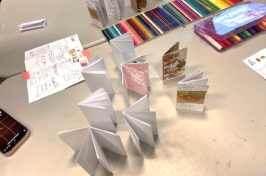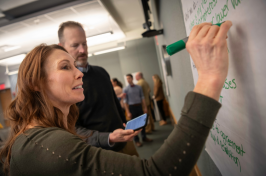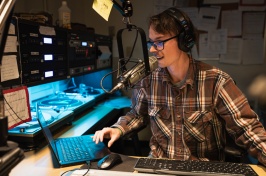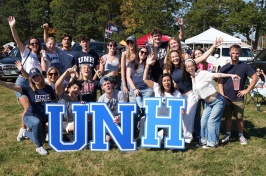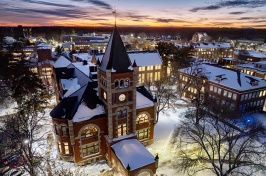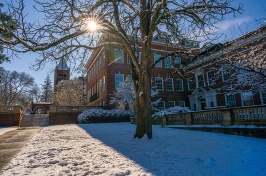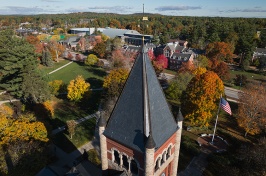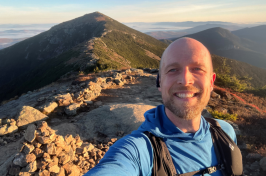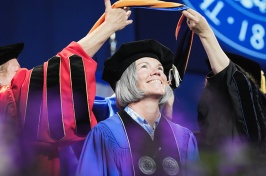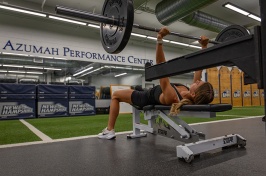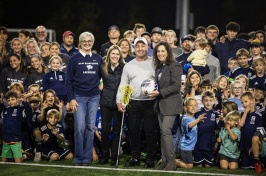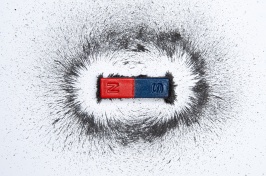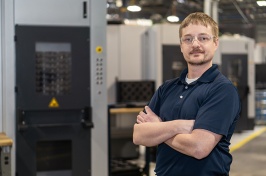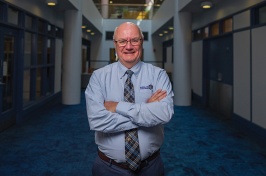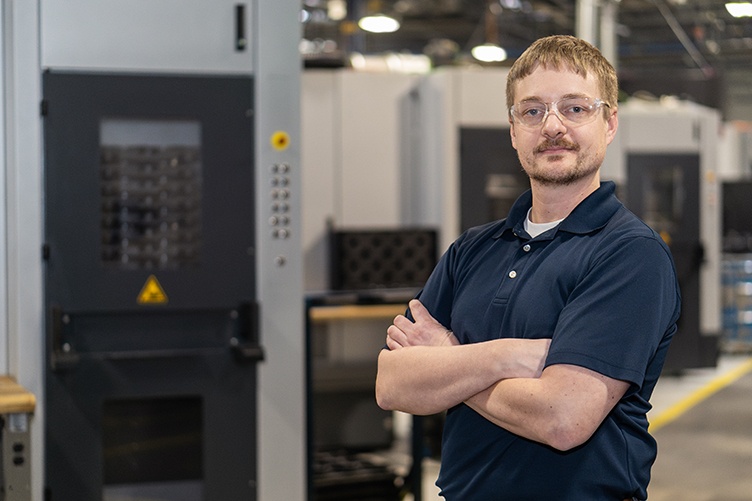
Courtesy photo.
For as long as he can remember, Jon Carabello ’11 has had a knack for working with machinery and sleuthing out solutions. That combination made a career in engineering easy for him to envision, even years before he entered the field.
What he never imagined, though, was a professional path that would enable him to watch a NASA rocket launch into space with components he helped build on board.
But Carabello will likely have just such an opportunity soon, as through his work at TURBOCAM – a turbomachinery development and manufacturing company in Barrington, New Hampshire – he and fellow engineers have developed components that will be part of the next launch in NASA’s Artemis lunar exploration campaign.
Safe to say Carabello’s career has already taken him galaxies beyond anything he originally dreamed of.
“I never expected anything like this,” Carabello says. “I knew I wanted to solve problems and do something with machinery – that’s kind of been my gift since I was a little kid, being able to group people together and solve problems. It’s kind of who I am. But I didn’t expect it would reach this level and make this much of an impact.”
That impact will be driven home unequivocally when the next Artemis mission launches – it has yet to be officially scheduled – but Carabello and his coworkers got a taste of it already when they were addressed directly by a NASA launch director during a recent visit of NASA personnel to TURBOCAM headquarters.
“Oh my gosh, that’s a hair-stands-up-on-your-arms kind of moment,” Carabello says of the speech from the NASA launch director. “When he’s saying that people’s lives count on the hardware being correct and that we all got to make a small difference in that process, it’s pretty amazing.”
Carabello has been working at TURBOCAM for almost 15 years, having landed the job shortly after graduating from UNH. He first learned about the company as a student when representatives visited a UNH engineering class he was taking.
He has held several different roles at the company, shifting into his current position about five years ago. That change allowed him to begin working on parts that TURBOCAM builds for RS25 main engines, which power the space launch system NASA is using to “get people to the moon and mars and further,” Carabello says.
The first Artemis mission launched without any parts manufactured by TURBOCAM, but future launches will have hardware from the company onboard, Carabello notes.
TURBOCAM makes 10 part numbers of turbomachinery that go into the core stage of the main engine, he says, and there are four engines per rocket. A small team of engineers and machinists are responsible for building the components, which are delivered directly to Aerojet Rocketdyne, which helps integrate everything together and delivers to the components to NASA.
The structure at TURBOCAM allows Carabello and his coworkers to have direct communication with the client rather than having to funnel messages through management, which creates “a higher level of ownership” in the work, he says.
“Working in small teams or small groups, breaking down the impossible, this is definitely a really exciting opportunity that just helps me build for the future,” Carabello says.
UNH played a key role in setting him up for the future, as well. Carabello recalls fondly the extracurricular activities he had a chance to take part in – most notably joining the UNH Formula SAE (FSAE) student organization that worked on racecars – but also credits his classroom education with setting him up for success.
“I learned everything I needed to and had every opportunity that I could think of at UNH,” Carabello says. “They set me up to be a well-rounded contributing adult and also challenged me and gave me plenty of experience to learn and apply to my passion and work.”
The visit TURBOCAM made to his engineering class paved the way for Carabello to jump directly into a fulfilling career. He says he liked the fact that it was a “private company with a very strong mission to support others,” and once he had the opportunity to interview, he knew it was the place he wanted to be.
Fifteen years later, he feels just as strongly about the company as the day he was hired and is now excitedly awaiting the moment that his work will officially launch into space.
“It’s unreal,” he says. “To be able to say, ‘I know the people that worked on those parts, I remember the challenges and the successes and the things we learned to do better’ – I really don’t have anything I can relate that to.”
-
Written By:
Keith Testa | UNH Marketing | keith.testa@unh.edu

